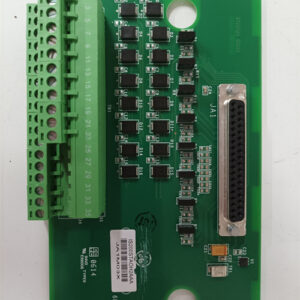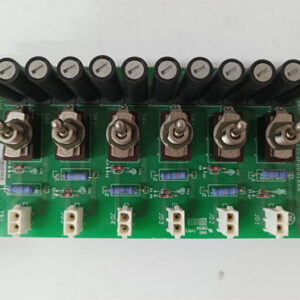الوصف
GE DS2020EXPSG3 Exciter Power Supply Assembly
The GE DS2020EXPSG3 is an Exciter Power Supply Assembly used in GE’s Mark V Speedtronic and EX2000 series control systems. It is not a single circuit board, but a modular assembly of multiple PCBs on a metal base, designed to provide and regulate power for a generator’s excitation system. Its primary functions include converting AC power to a stable DC output, regulating both the exciter field current and terminal voltage, and providing critical measurement signals.
Design and Components
The EXPSG3 assembly is a testament to robust, industrial design. The unit is built on a durable metal base and typically protected by a plexiglass shield. It is composed of at least two main circuit boards:
- DS200GDPA Board: Mounted on the lower tier of the assembly, this board contains components essential for power handling and conditioning, such as transformers, heat sinks, fuses, and high-voltage capacitors. It often features LED indicators for basic diagnostics.
- DS200EXPS Board: This upper board is mounted on a separate metal carrier and is responsible for the more sophisticated control functions. It contains inductor coils, metal oxide varistors, and terminal strips that provide the interface for the power and control signals.
The “G3” in the part number indicates a later revision with potential design updates and improvements over earlier models, such as the G1 and G2 versions. This revision is a staple of the Mark V Group 3 series.
Function and Importance
The DS2020EXPSG3 is a crucial part of the brushless generator excitation system. A generator’s output voltage and reactive power are controlled by regulating the magnetic field in its rotor, which is managed by the exciter. This assembly provides the necessary power and control signals to the exciter, ensuring the generator’s output remains stable and consistent with grid demands. Its reliable operation is paramount, as a failure could lead to a sudden loss of generator control, resulting in a system shutdown or grid instability.




 +86 15340683922
+86 15340683922 +86 15340683922
+86 15340683922

